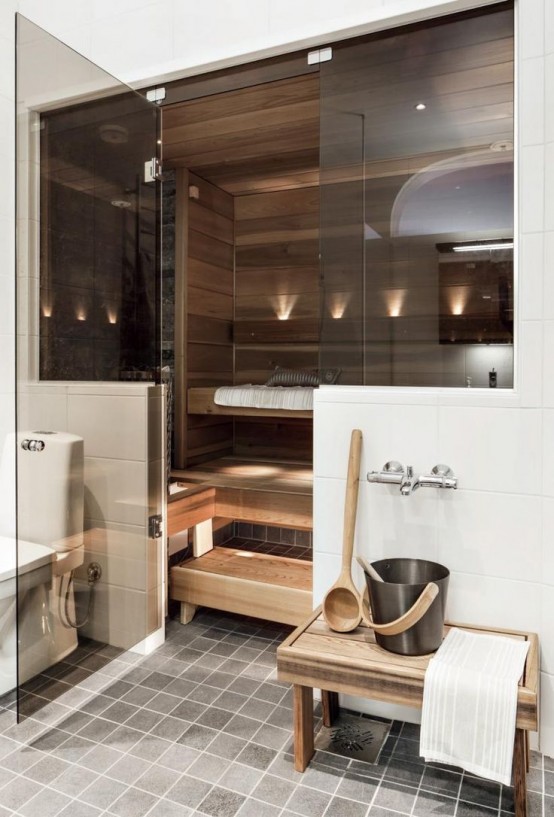Table of Content
Infact according to NASA clean air study, some houseplants can remove harmful pollutants from the air. Plants continuously release moisture from their leaves and stems of plants as vapor. This process is called transpirationand as long as you keep them watered, they will help aid in regulating humidity levels in your home. The inspection and cleaning will uncover any issues and help ensure it’s running efficiently. Plants are known for their oxygen- and moisture-creating abilities, but not all are right for the job.

Minimize the use of these appliances to prevent drying out of the air. Even small beauty products such as hair dryers and flat irons can negatively affect the humidity level in the air. Another easy way to increase humidity in your home is to at least occasionally dry your clothes indoors by exposing them to the air. When the water from the clothes evaporates, the room becomes more humid.
low surface ice loss on Greenland this year due to heavy snowfall – consistent with climate warming
If you’re trying to target a specific room, leave only that door open, so that’s where most of the excess moisture winds up. Another way is to place a bowl or container of cold water next to the bathtub and turn on the showerhead so that the water streams onto the bowl. The cold water will cause the bathtub water to cool quickly, which will help to humidify the room. This method is quick and easy, but it may not be effective if the area is too dry.
In the summer, high humidity creates a muggy environment that slows down your body’s ability to cool itself. Another way to humidify a room is to mist the plants with water. Simply hold a spray bottle filled with water and aim it at the plants.
Use Hygrometers to Measure the Humidity Level in your Home
Dry skin may be yucky but a mold infestation can be much, much yuckier. Americans usually have the habit of ordering their food from local restaurants. While that is understandable, it is not the best option when it comes to the humidity levels of your home. We recommend stove top cooking every now and then so that a good amount of moisture is released which again, results in the increase of humidity.
If possible, fix drafts and other sources of excessive air movement in the room to make this tip maximally effective. It’s best to try this technique in an area of adequate air circulation. Or, if the temperature outside is bearable, crack a window to expedite the drying process. The moisture in the garments could promote mold growth on hard surfaces.
Use stove steamers:
Do not increase the moisture in your indoor air further by boiling water unnecessarily. Boiling water fewer times will reduce the steam in your indoor air while reducing your energy bill. These tips may not seem like much, but they’ll keep your home cozy and comfortable no matter how often your heater is on.
Then place the sponge on a bowl filled with water so that half of it gets dipped in the water. Presently, different types of humidifiers are available in the market. Let the steam escape from your bathroom and into the home by leaving the door open when you shower. The humidity in your air is an important factor for your health throughout the year.
If you have an old school radiator with a flat surface, you can also place a small bowl of water on top of the radiator unit. Just be mindful and use heat-safe bowls to avoid melted plastic, breaking glass, or spills. When water reaches its boiling point, it begins to release steam and evaporate back into the atmosphere. In this article, we will explore one way to make your own humidifier, plus 10 other ways to increase the natural moisture of your home. Adding plants indoors in winter will help boost humidity and will brighten up your home. These DIY humidifier ideas will ensure you will never have to suffer the unbearable consequences of an indoor environment that is too dry.
Keep in mind that the humidity in a home can be high enough to encourage the growth of certain pests and mold. According to the Asthma and Allergy Foundation of America, dust mites, a common allergen, thrive in high humidity levels, between 70 and 80 percent. Placing small bowls of water on top of heating floor grates can help add some extra humidity back into the air during the winter months. Skip the dryer and let your clothes dry on a rack indoors to help increase the humidity level. This might not be feasible if you live with housemates, of course. But you can leave the bathroom door open when you’re home alone and you’ll definitely notice the difference in the moisture levels.
That said, it is a good idea to pick up an inexpensive digital thermometer with a humidity gauge so you can to monitor moisture levels. For optimal humidity at home and healthfulness overall, aim for levels between 30 and 50 percent. Stovetop cooking can significantly improve the humidity levels in your home if you time it correctly. While simply heating a tea kettle won’t be enough to cure dry air from your entire space, having a few things bubbling at once will make a much bigger impact.
Once the moisture is removed, the dehumidifier pushes the dry air back into the room. Dehumidifiers get rid of excess moisture by drawing in wet air, drying it, and then releasing it back to your environment. By lowering humidity, they eliminate allergens such as dust mites, molds, and mildew.
At 72°F and humidity levels between 15-25%, you can even start noticing the buildup of eye mucus. Due to this, your natural instinct is to get irritated and blink numerous times in the day which can further damage the performance of your visual activities. You’ll be increasing the humidity level as you add moisture to the air without a humidifier. If some of your windows and doors are drafty, you could have a humidity problem. A house that lets in a lot of outside air tends to have elevated moisture levels. Keeping indoor air shielded from the outside world is the key to controlling moisture levels.
The outpouring of steam will humidify your kitchen and beyond—and also be a nice little sauna for your face. Many modern dishwashers actually pop open all on their own at the end of a cycle, so you might already follow this trick without even realizing it. You can either use a humidifier or you can use the traditional method of using a wet towel. While both methods have their advantages and disadvantages, the most common way to humidify a room is by using a humidifier. One way is to place a wet towel over the faucet handle and turn it off.
Leave The Bathroom Door Open While Showering
If there's no moisture on the outside of the glass when you touch it, you need more moisture in the air. Though the resources are minimal, it is possible to humidify hotel rooms. Yes, similar to any other electronic device, humidifiers do come with certain risks. Burnt skin is one of the most common injuries that people face while using humidifiers.

No comments:
Post a Comment